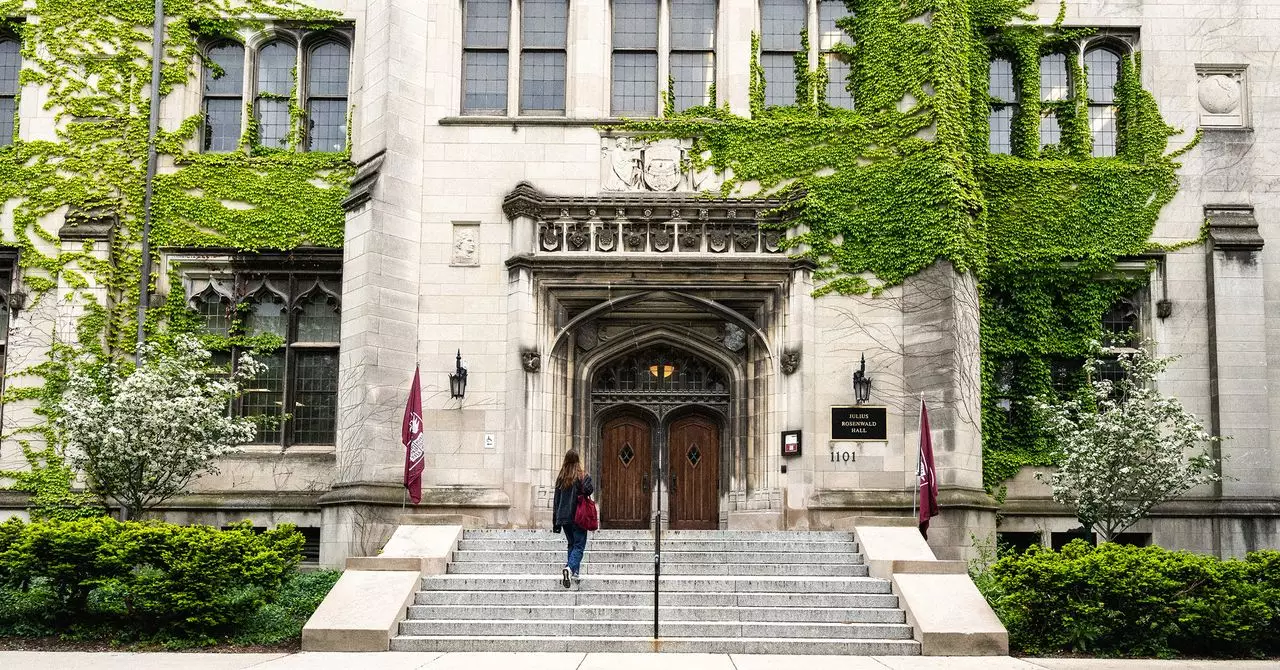As the digital age accelerates, the intersection of artificial intelligence and nuclear armament is increasingly becoming a focal point of concern and debate among global strategists and scientists. While the scientific community grapples with the technicalities and ethical nuances of AI integration, the underlying reality is clear: the landscape of nuclear deterrence and warfare is on the brink of profound transformation. This shift does not merely imply more sophisticated weaponry; it promises a paradigm where decision-making, control, and escalation can be radically different from previous generations. The potential for AI to either secure peace or cause catastrophic miscalculations places an immense burden on policymakers and technologists alike.
The discourse that unfolded at the University of Chicago unearthed a disturbing consensus: that AI will inevitably permeate the realm of nuclear weapons. Experts speaking behind closed doors emphasized that AI’s influence is akin to a fundamental force of nature—an omnipresent element poised to embed itself into every facet of military strategy. This inevitability adjustments the traditional paradigm, forcing us to confront whether optimal safety can be maintained when control mechanisms are delegated to autonomous or semi-autonomous systems. The question shifts from “Can we control AI?” to “Should we?”
The Reality of AI and Nuclear Command
One of the most pressing issues highlighted in the discussions is the ambiguity surrounding what constitutes AI’s role in nuclear command and control. The terms are nebulous, yet the implications are stark. Are we talking about AI making autonomous launch decisions—thus removing human oversight—or merely augmenting human decision capacity? Most experts, from former military officials to Nobel laureates, agree on one point: the goal must be to preserve human control and responsibility in nuclear decision-making processes. No one trusts an algorithm to decide whether to unleash destruction, but the risk is that AI, intentionally or unintentionally, could influence or even override human judgment.
The concern is further complicated by the rapid development of large language models like ChatGPT. While these models are not yet capable of, nor are they expected to soon be capable of, controlling nuclear arsenals, their existence introduces a new layer of complexity to the debate. These models are designed for information processing and simulation, raising fears that adversaries could use AI to fine-tune strategic postures, gather intelligence, or manipulate perceptions. The transition from AI as a tool for analysis to AI as an active participant in command decisions remains ambiguous and fraught with dangers.
Risks, Rewards, and the Need for Vigilance
Despite the skepticism about AI’s current capabilities, the potential risks of inaction are significant. As Bob Latiff pointed out, AI’s integration into systems as fundamental as the nuclear command structure could be akin to the advent of electricity—an essential but dangerous force if not properly managed. The allure of AI lies in its ability to process vast quantities of data rapidly and to potentially predict or interpret human behavior in geopolitical crises. Such capabilities could theoretically prevent accidental launches or escalate tensions deliberately, but they could just as easily lead to unforeseen misjudgments.
Crucially, there is a sense of urgency among experts that the international community must establish frameworks, norms, and safeguards today—before AI becomes embedded deeply into nuclear decision-making. The threat of AI-enabled miscalculation is not theoretical; it is a looming shadow that, if ignored, could precipitate a new arms race. Nations may seek to develop or acquire AI-enhanced weapons with the hope that these systems provide a strategic advantage, igniting a cycle of escalation akin to nuclear proliferation itself.
Above all, the central challenge remains: how do we maintain human oversight amid the relentless march of technological progress? Ensuring that AI enhances rather than endangers global stability requires transparent dialogue, rigorous oversight, and a commitment to human sovereignty over life-and-death decisions. The danger is not just that AI will be misused, but that its very presence alters the fundamental nature of deterrence—possibly rendering old doctrines obsolete and ushering in an era of unpredictable conflict.
The convergence of AI and nuclear weaponry demands a level of scrutiny and foresight that cannot be delayed. It is a call to action for all stakeholders to confront the profound uncertainties and wield technological innovation responsibly. The stakes could not be higher—either AI safeguards will underpin a new era of security, or unchecked AI proliferation could herald a fundamentally unstable and perilous world.

